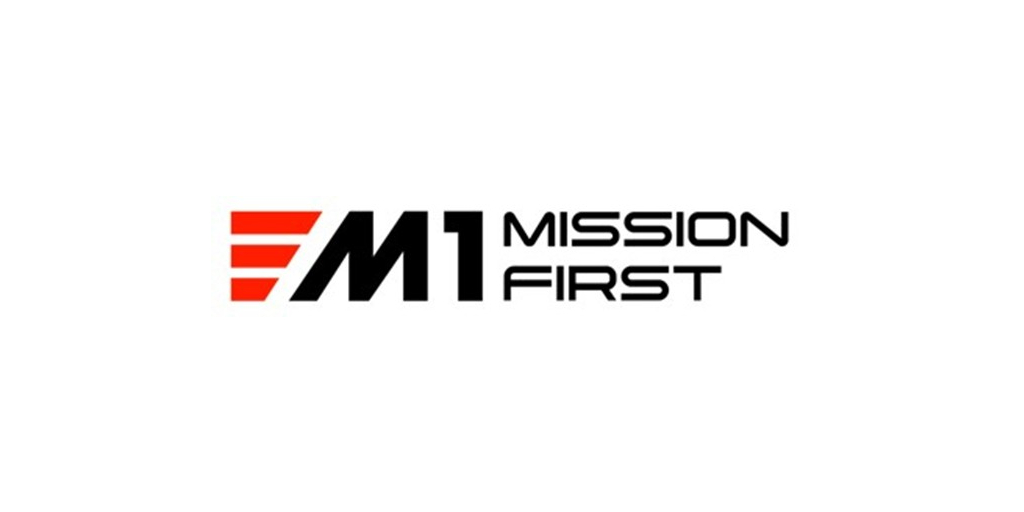
AeroGenie - مساعد الطيار الذكي الخاص بك.
الرائج الآن
Categories
Aviation Minister Naidu Discusses AI-171 Crash, Delhi Terminal 2 Upgrade, and Airport Expansion Plans

Aviation Minister Naidu Discusses AI-171 Crash, Delhi Terminal 2 Upgrade, and Airport Expansion Plans
Investigation into AI-171 Crash and Domestic Aviation Milestone
Aviation Minister Rammohan Naidu has provided an update on the ongoing investigation into the recent AI-171 crash, assuring that the Aircraft Accident Investigation Bureau is conducting a meticulous inquiry in strict compliance with International Civil Aviation Organization (ICAO) protocols. He refrained from committing to a fixed timeline for the final report, emphasizing that premature deadlines could compromise the thoroughness of the investigation. Highlighting a significant achievement for India’s aviation sector, Naidu revealed that the black box from the incident was decoded domestically for the first time, marking a notable advancement in the country’s technical capabilities.
Delhi Terminal 2 Upgrade: Strategic Importance and Operational Challenges
Central to the government’s vision of transforming Delhi into a premier international aviation hub is the recent upgrade of Terminal 2 (T2) at Indira Gandhi International Airport. Naidu described the project as both “important and strategic,” particularly in light of the airport’s rapidly increasing passenger traffic. The expansion aims to raise Delhi Airport’s capacity to 120 million passengers annually, with the T2 upgrade alone expected to contribute an additional 15 million. The enhanced terminal introduces several passenger-focused features, including self-baggage drop facilities and additional boarding bridges, designed to elevate service standards to align with global benchmarks.
Despite these advancements, the transition to the upgraded terminal presents significant operational challenges. The relocation of Air India and Air India Express flights, the management of complex logistics, and the integration of new technologies require careful coordination. The recent crash has intensified scrutiny over the safety and reliability of the revamped terminal, with industry observers closely monitoring its impact on passenger experience and operational efficiency.
Expanding India’s Aviation Infrastructure and Future Prospects
Minister Naidu also outlined ambitious plans for the broader expansion of India’s aviation infrastructure. Currently operating 164 airports, India aims to increase this number to 350 by 2047, reflecting a decade of rapid growth and expertise in airport development. “You give us land anywhere, we will build a state-of-the-art airport,” Naidu asserted, underscoring the government’s confidence in its capacity to meet future demands. However, he identified fleet expansion as the next critical challenge, emphasizing the need to increase the number of aircraft operating within the country.
The competitive landscape is evolving as well, with airlines such as IndiGo potentially adjusting their strategies in response to shifting passenger traffic among terminals. Major infrastructure projects, including the expansion of Perth Airport and the development of a new Mumbai airport by the Adani Group, highlight intensifying competition among India’s aviation hubs. Throughout these developments, Naidu reiterated the government’s commitment to a passenger-centric approach, prioritizing safety, efficiency, and global competitiveness as the sector embarks on a new phase of modernization and growth.
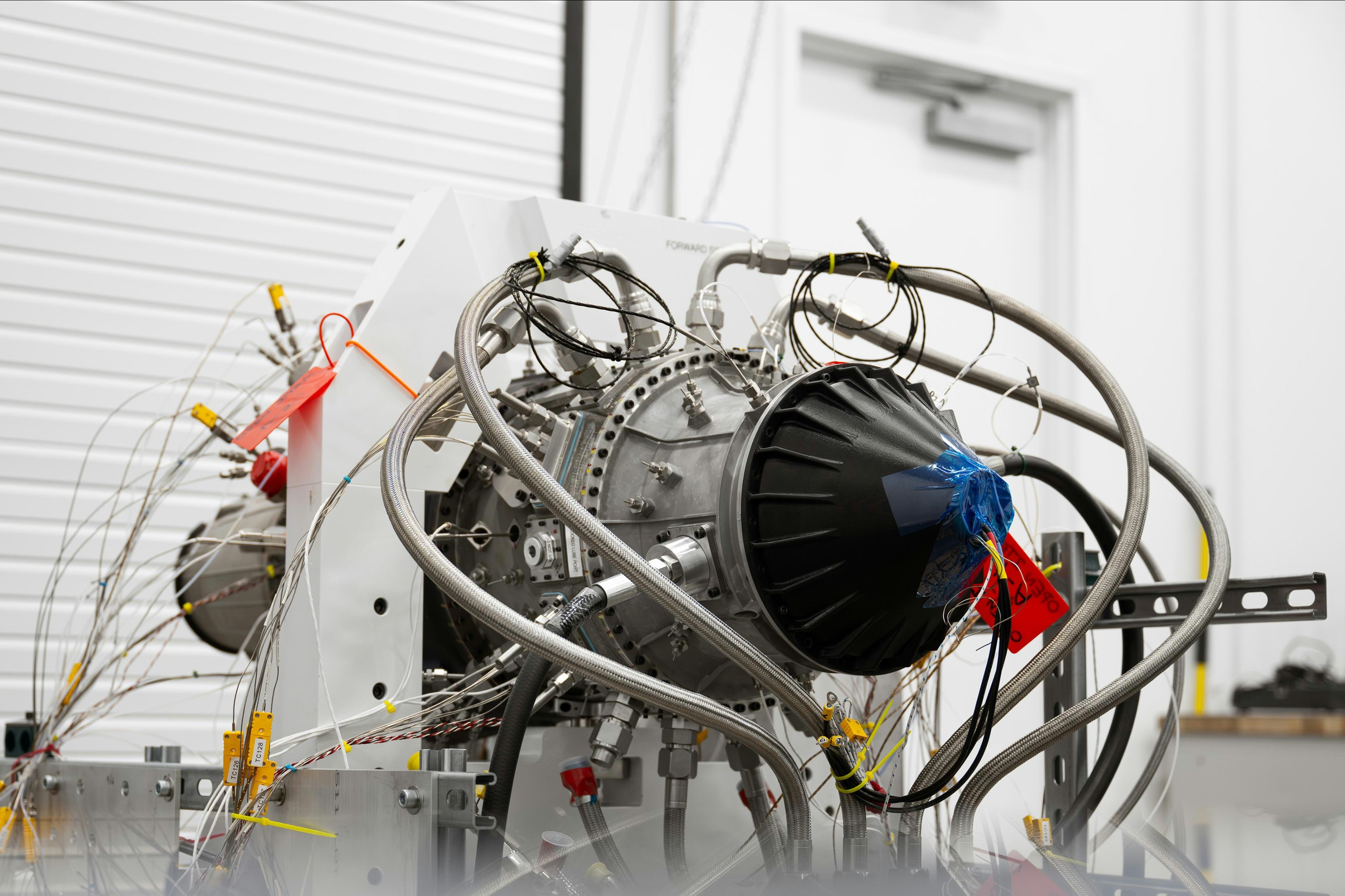
Beehive’s 3D-Printed Frenzy Engine Advances Toward 2026 Flight Tests

CAAM and CRRG Form Alliance in Aviation Aftermarket
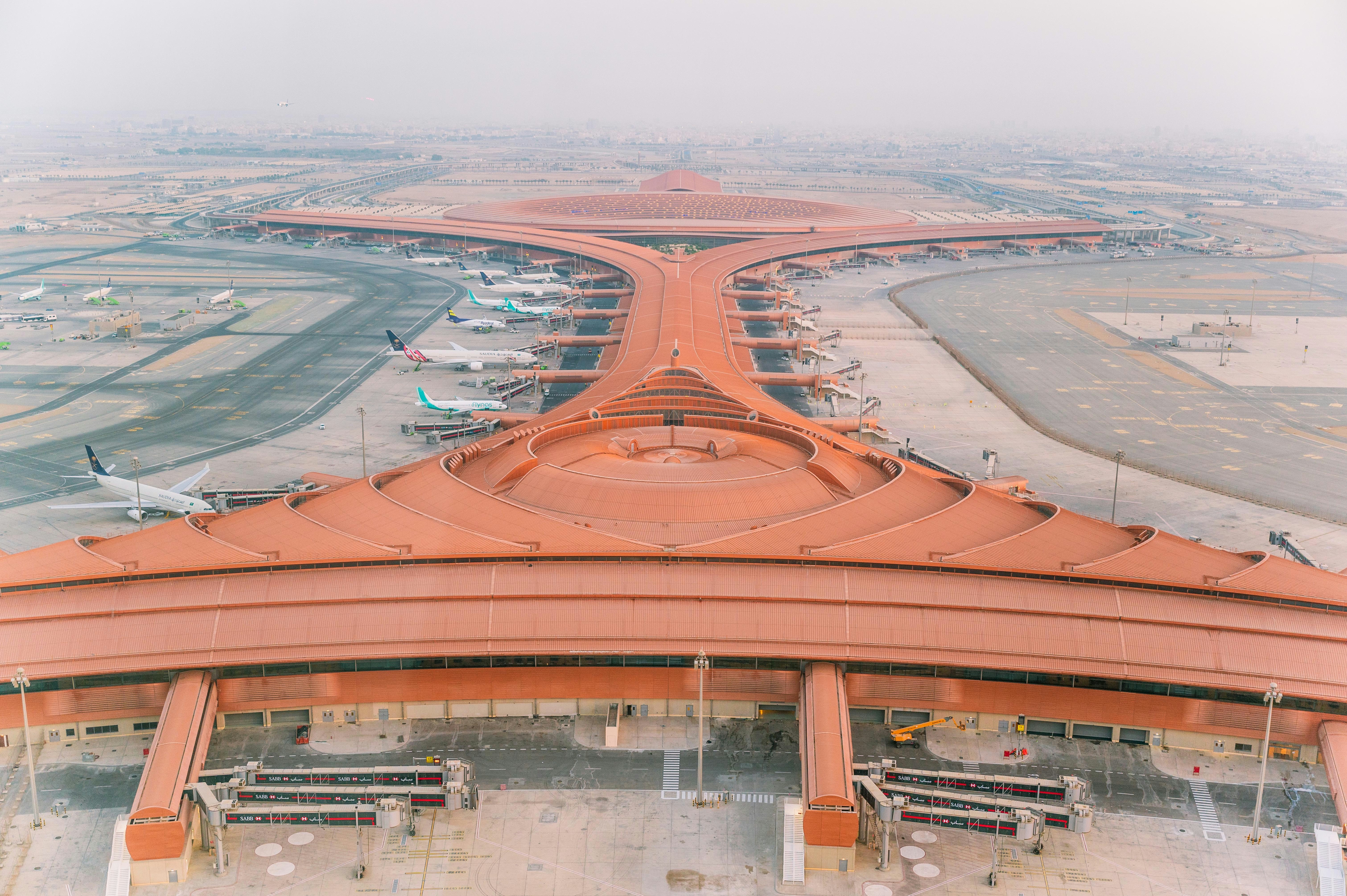
AI and Digital Twins Enhance Airport Operations Amid Global Challenges
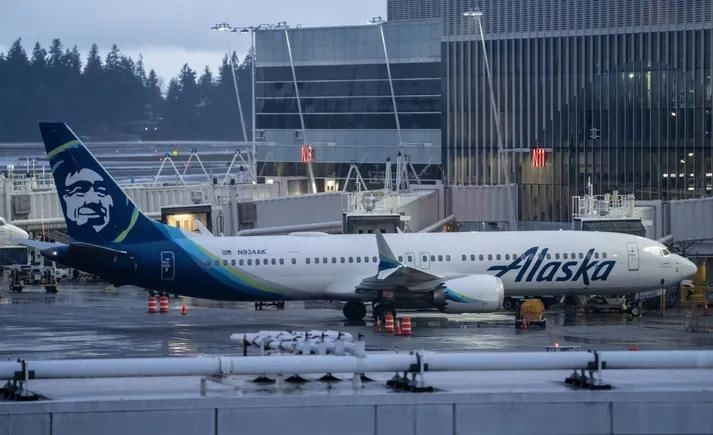
Alaska Airlines Introduces AI Tool to Simplify Trip Planning
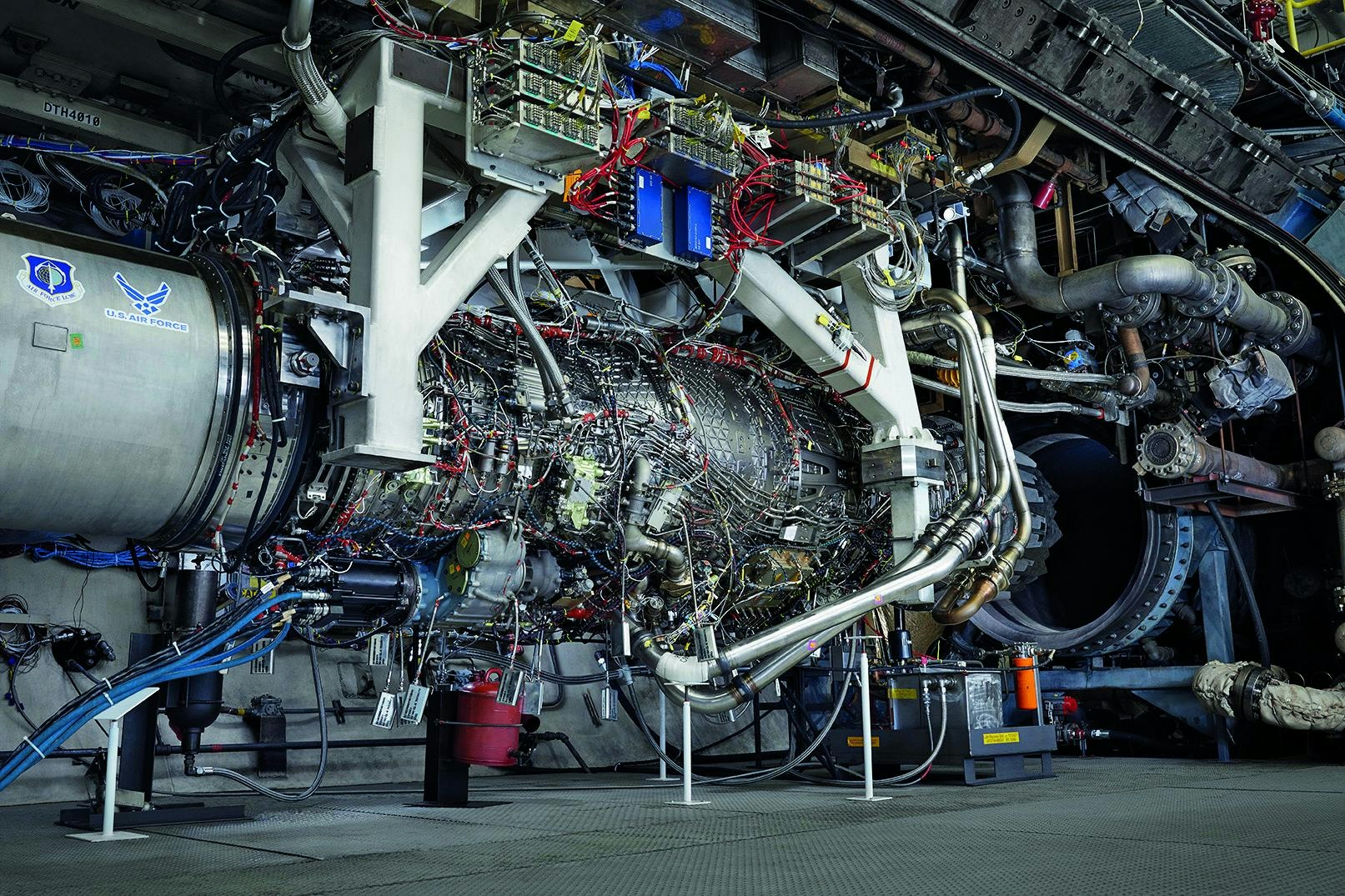
Seven Breakthrough Commercial Aircraft Engines
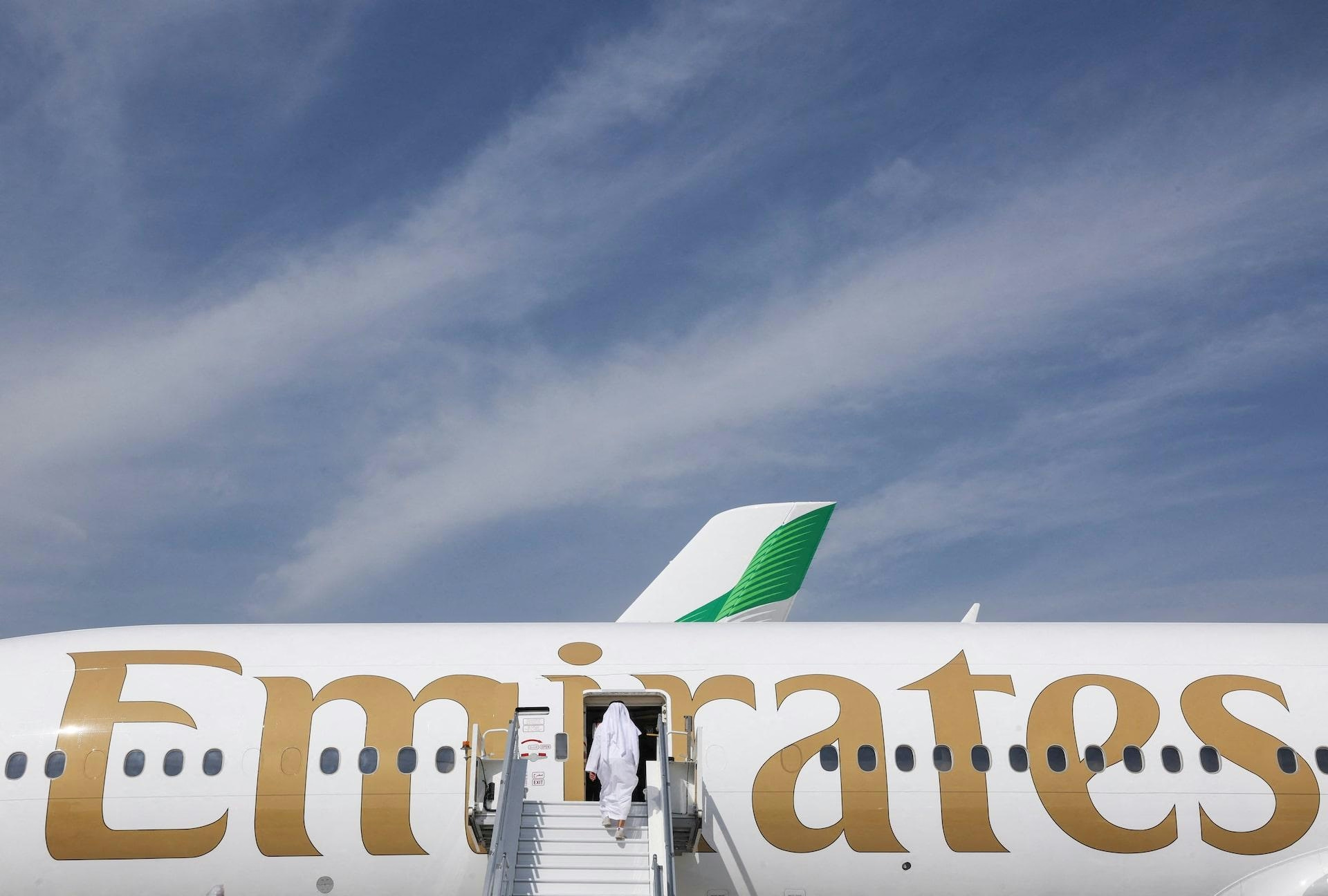
Can Emirates and United Airlines Help Boeing Outsell Airbus in 2025?
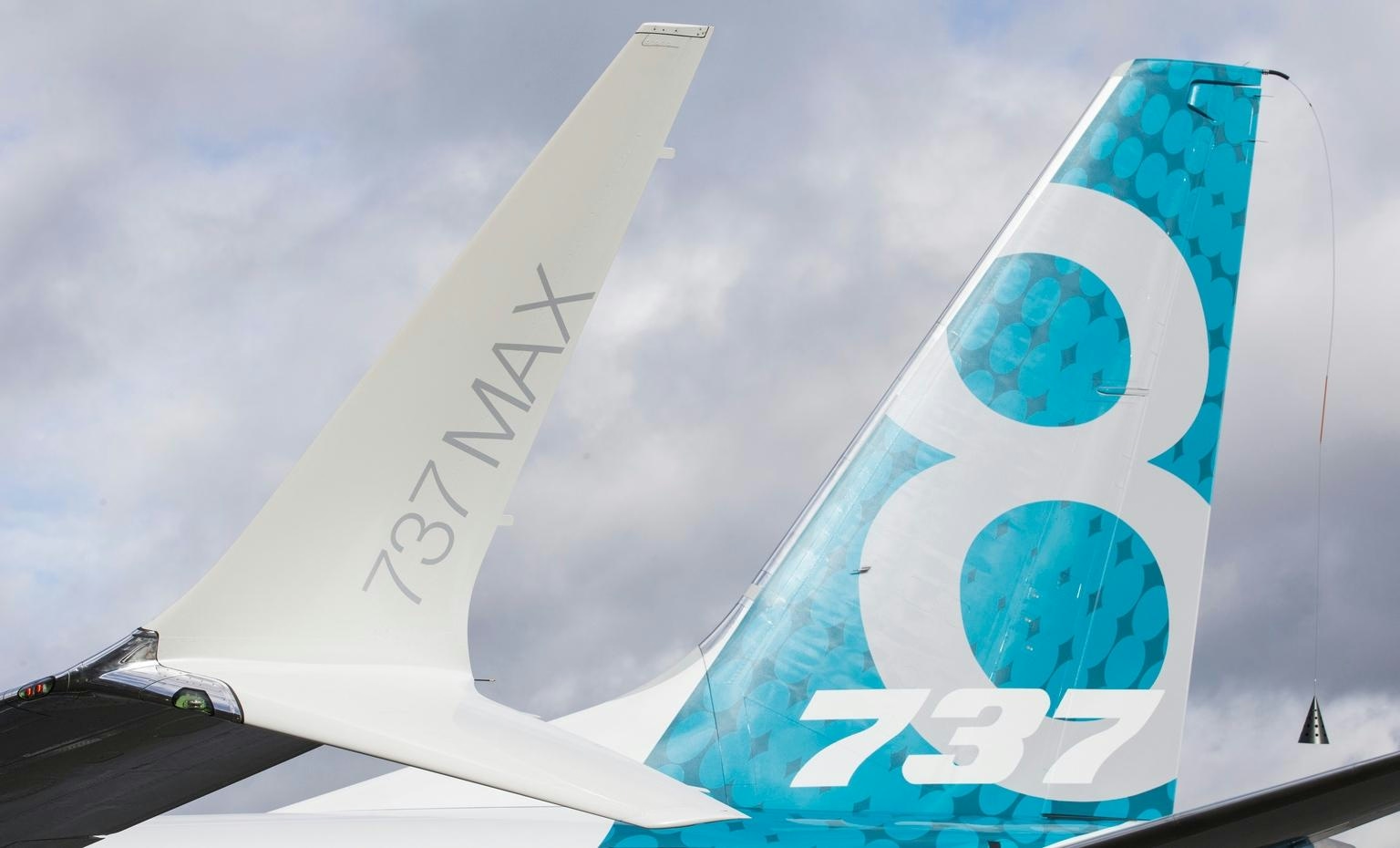
Airbus CEO Acknowledges Boeing May Lead in 2025 Orders
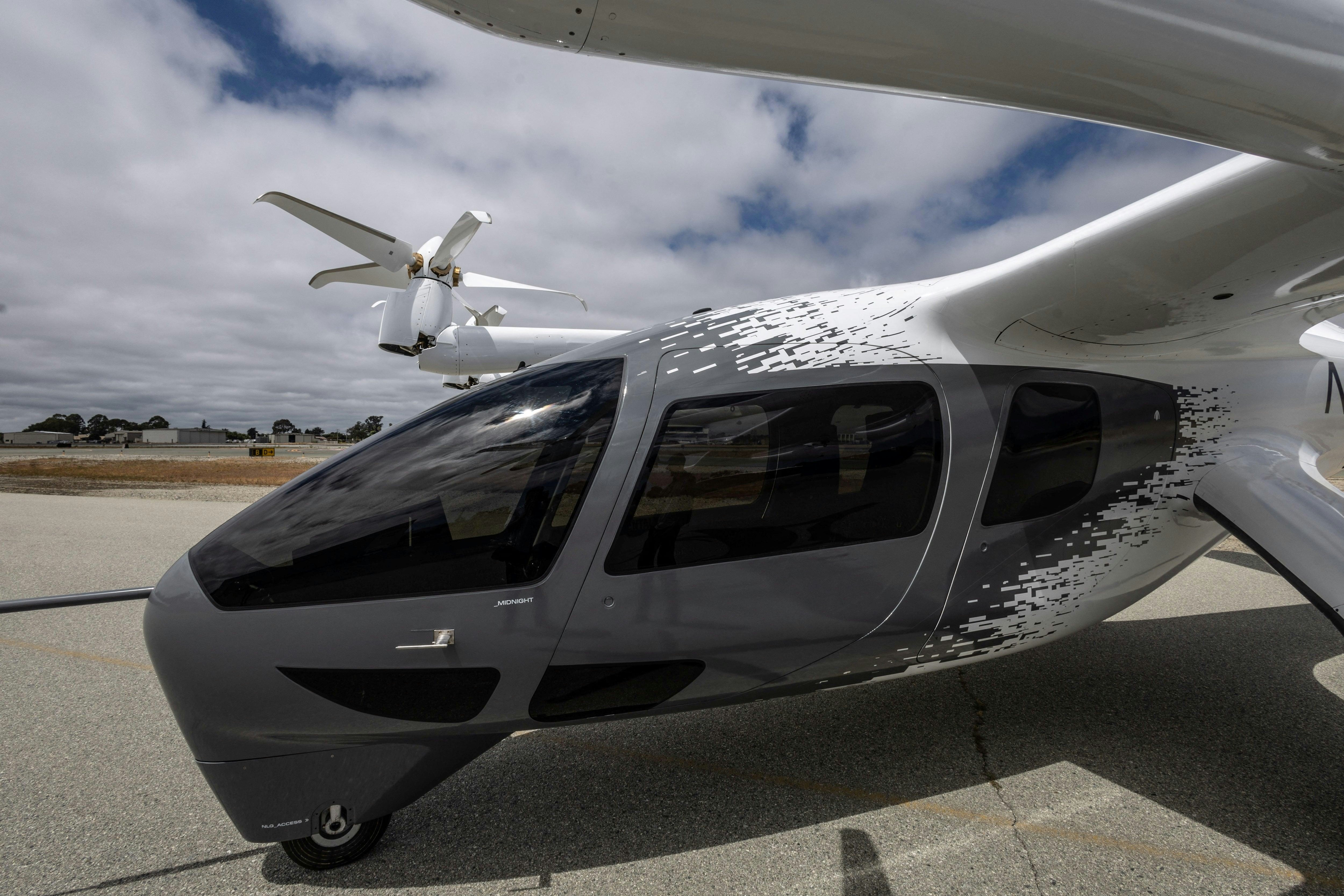
Los Angeles Introduces Air Taxis Ahead of Olympics

Willis Lease Finance Prices $392.9 Million in Fixed-Rate Notes
